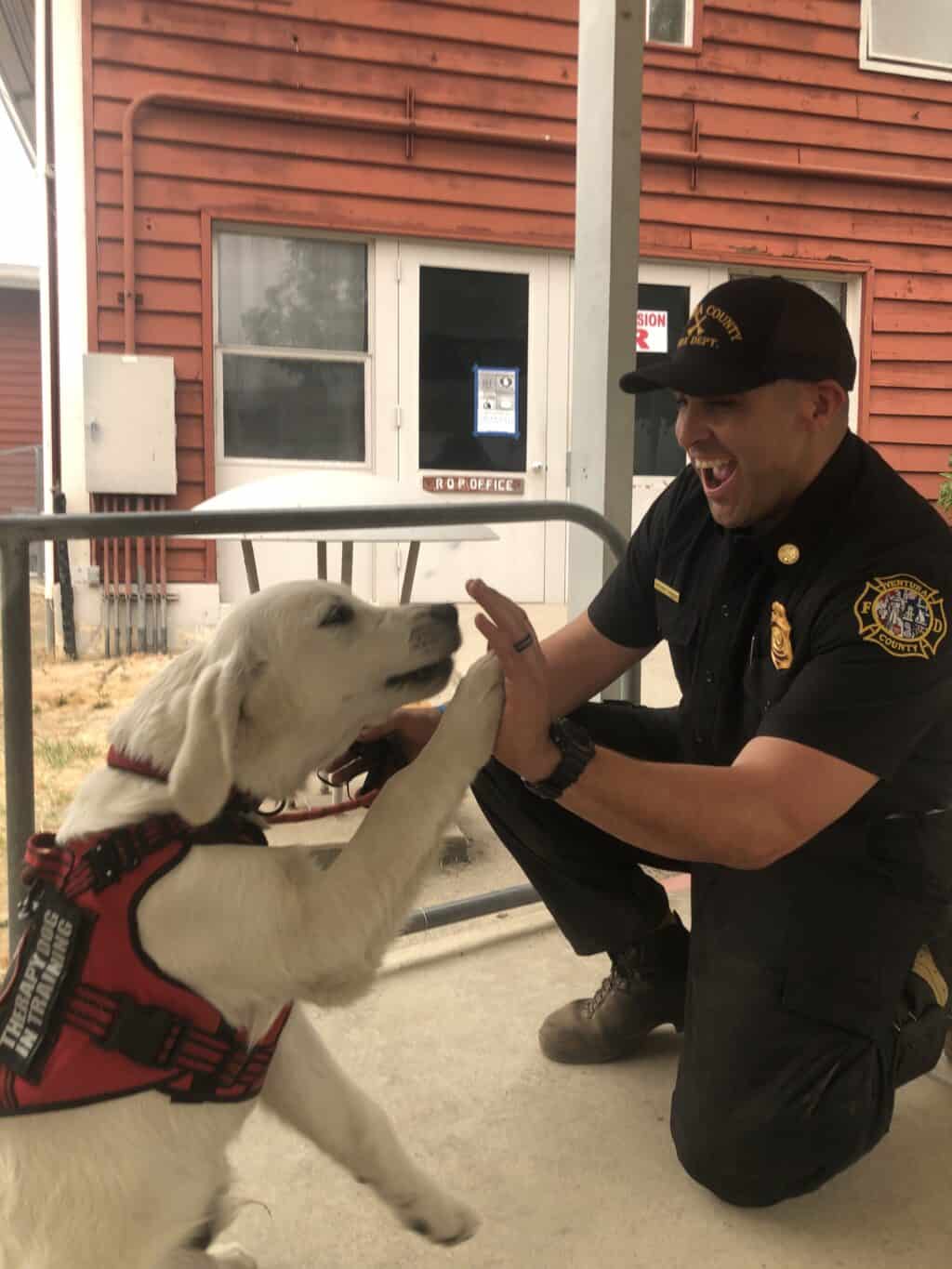Pet Safety
Three Smart Steps to Protect Your Pets at Home
We love our pets, and it’s only natural that we want to keep them safe—especially from the dangers of house fires. Each year, more than 500,000 pets are affected by house fires, making it essential to take proactive steps to safeguard your furry, feathered, or scaly friends.
Follow these three smart steps to ensure your pets and home stay safe in the event of a fire.
Step 1: Prevent Pets from Starting Fires

Pets can be curious—and sometimes a little too playful. Here’s how to minimize fire risks:
- Keep pets out of the kitchen while cooking. Many kitchen fires are caused by pets knocking over pots or getting too close to hot surfaces.
- Pets’ paws can accidentally turn stove knobs. Use knob covers or remove them when you’re not home to prevent fires.
- Pets love warmth, but it can be dangerous. Create a safe distance between them and any heating elements or open flames. Encourage them to relax in cozy beds away from these hazards.
Step 2: Be Prepared to Evacuate Pets

In an emergency, every second counts. Prepare for a swift and safe evacuation of your pets:
- Assign each pet to a family member who’s responsible to evacuating them quickly from the house in case of a fire. Store leashes and carriers close to exits for fast, easy access.
- Pets often hide when scared. Be familiar with their favorite spots so you can quickly gather them in an emergency.
- Prepare a small pet emergency kit with food, medications, and other essentials. Keep it with your family’s evacuation supplies.
- Develop an advanced plan for sheltering the pets in case you can’t return home for several days. Check with pet-friendly neighbors who may be willing to look out for them while you’re away.
Step 3: Protect Your Pets Inside and Out

Whether indoors or outside, take steps to ensure your pets are safe in all environments:
- If your dog sleeps outside, make their space fire-safe. Keep doghouses clear of plants or flammable materials.
- Regularly check and replace worn-out collars and leashes. These can become critical lifelines in an emergency. Also, update tags and microchips with current contact information.
- If your pet doesn’t always come when called, work on improving their recall. In a fire, this could be a lifesaving skill.
- Let first responders know that pets are inside your home. Place pet alert stickers on windows and doors to inform firefighters in case of emergency. You can get a free pet safety pack, including stickers, from the ASPCA here.

Pet Safety – English

Pet Safety – Spanish


